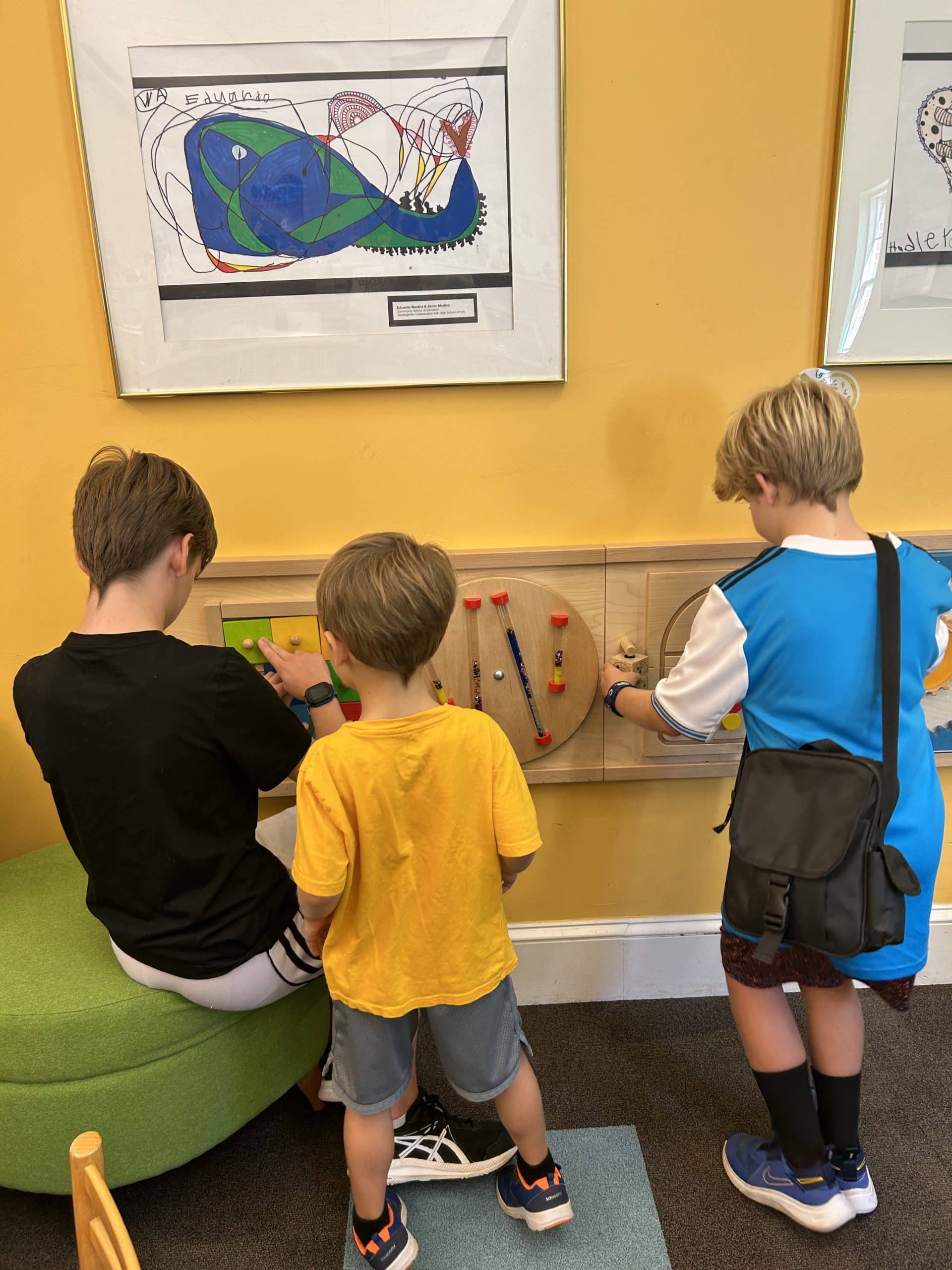Inclusion has many benefits for students. Students with and without disabilities gain skills by working together in the classroom. Students work as a model for each other. They model friendships, problem-solving skills, and respect for others. Students learn from different routines, sharing stories, and communication skills.
They learn it is important to value everyone as equal. Students see different cultures. Working together helps students develop empathy. Also, they see various points of view on different subjects. It builds a classroom of students with a positive environment of beliefs about diversity. Students build new relationships.
Inclusive Focused Classrooms
An inclusion-based classroom eliminates barriers for students. Schools with inclusive classrooms see higher academic achievement from all students. It also shows increased self-esteem and social interactions.
- Students spend most of the day in a general education classroom.
- Students spend time in small groups of diverse students.
- All students work on lessons and activities that are individualized for their needs.
- Outside activities and assemblies include all students.
- Students receive support as needed, with no disruption to the general classroom.
Through inclusion, students show their strengths and weaknesses. Thus, all students gain valuable social and community skills.
Inclusion Benefits Teachers
Inclusive classrooms provide general education teachers with excellent professional development. Special education teachers help general education teachers with creating diverse lesson plans. Thus, general education and special education excel in their fields of expertise.
Classrooms that include all students provide teachers with a chance to collaborate, seek advice, find resources, and adopt new teaching strategies. They also have a student’s IEP (Individualized Education Plan) to show the needed accommodations.
With all students together, the classroom becomes a positive learning environment that engages students. Therefore, all students feel included and learn respect for each other.
There are different ways to make the classroom inclusive. Some classrooms use a co-teaching model. Inclusive classrooms have several models of teaching to fit the needs of teachers and students. Regardless of the setup of the room, it contains a regular education teacher and a special education teacher to help every student.
Regardless of how inclusion happens, everyone benefits. The benefits go beyond the classroom and eventually into the future. It ensures that all students achieve long-term success.



